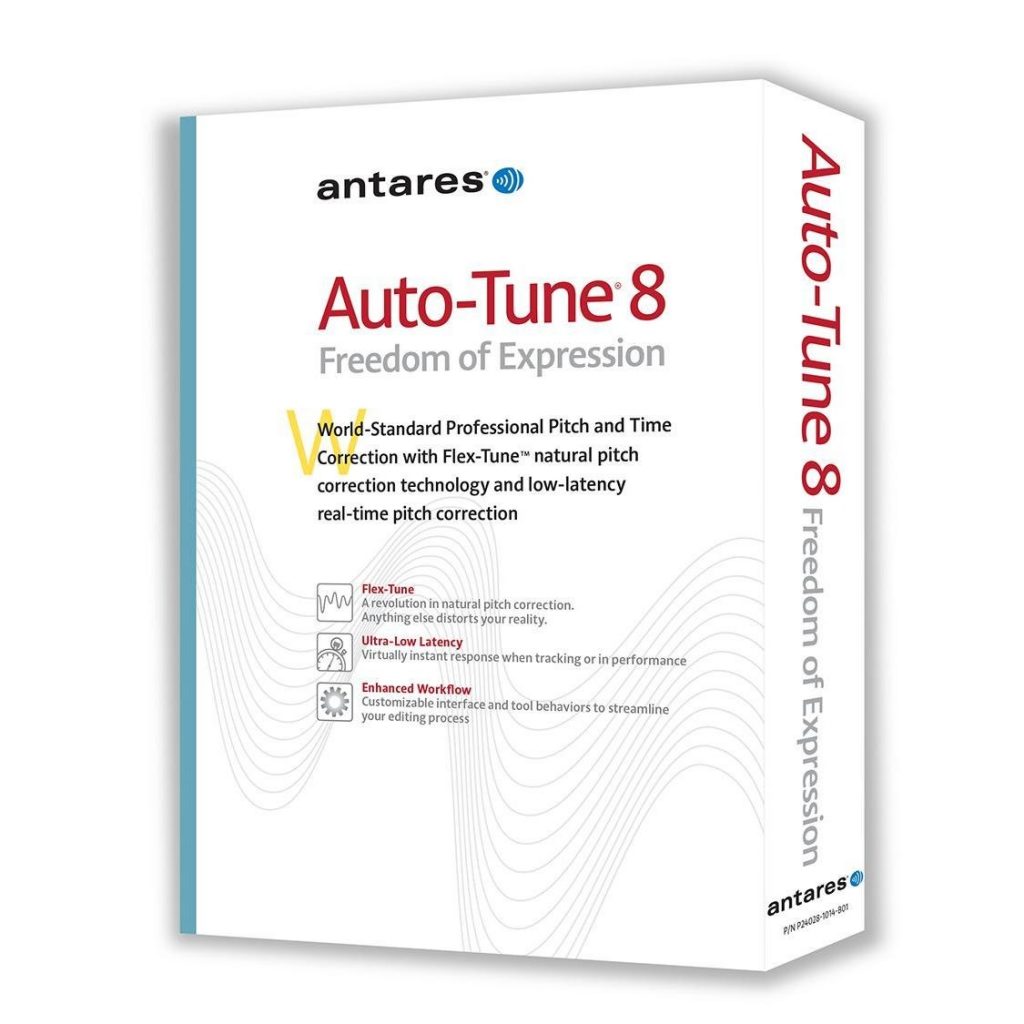

Hip hop artists like Future, Migos, Travis Scott, and Lil Uzi Vert use Auto-Tune to create a signature sound. The use of Auto-Tune in hip hop gained a resurgence in the mid-2010s, especially in trap music.

If you’ve assigned it a key, you’ve got music.”
#Antares autotune 8 software
According to singer Thom Yorke, the software “desperately tries to search for the music in your speech, and produces notes at random. Radiohead used Auto-Tune on their 2001 album Amnesiac to create a “nasal, depersonalised sound” and to process speech into melody. In 2009, riding on the wave of Auto-Tune’s popularity, The Black Eyed Peas’ number-one hit, “Boom Boom Pow”, made heavy use of Auto-Tune on all the group’s vocals to create a futuristic sound. Eventually dubbed the “T-Pain effect”, the use of Auto-Tune became a popular fixture of late 2000s music, where it was notably used in other hip hop/R&B artists’ works, including Snoop Dogg’s single “Sexual Eruption”, Lil Wayne’s “Lollipop”, and Kanye West’s album 808s & Heartbreak. T-Pain became so associated with Auto-Tune that he had an iPhone App named after him that simulated the effect, called “I Am T-Pain. He cites new jack swing producer Teddy Riley and funk artist Roger Troutman’s use of the Talk Box as inspirations for his own use of Auto-Tune.

The use of Auto-Tune as a vocal effect was bolstered in the late 2000s by hip hop/R&B recording artist T-Pain who elaborated on the effect and made active use of Auto-Tune in his songs. In the year 2000, the single “Naive Song” performed by Mirwais Ahmadzai from his album Production was the first ever track using Auto-Tune on the complete vocals. After the success of “Believe” the technique was initially referred to as the “Cher Effect”. In an early interview, the producers of “Believe” claimed they had used a DigiTech Talker FX pedal, in what Sound on Sound’s editors felt was an attempt to preserve a trade secret. While working with Cher on the song “Believe” in 1998, producers Mark Taylor and Brian Rawling discovered that if they set Auto-Tune on its most aggressive setting, so that it corrected the pitch at the exact moment it received the signal, the result was an unsettlingly robotic tone. Cher’s producers used the device to “exaggerate the artificiality of abrupt pitch correction”, contrary to its original purpose. Originally, Auto-Tune was designed to discreetly correct imprecise intonations, in order to make music more expressive, with the original patent asserting that “When voices or instruments are out of tune, the emotional qualities of the performance are lost.”Īccording to Chris Lee of the Los Angeles Times, Cher’s 1998 song “Believe” is “widely credited with injecting Auto-Tune’s mechanical modulations into pop consciousness”. Hildebrand had come up with the idea for a vocal pitch correction technology on the suggestion of a colleague’s wife, who had joked that she could benefit from a device to help her sing in tune.

Over several months in early 1996, he implemented the algorithm on a custom Macintosh computer, and presented the result at the NAMM Show later that year, where “it was instantly a massive hit.” Music industry engineers had previously considered the use of autocorrelation impractical because of the extremely large computational effort required, but Hildebrand found a “simplification changed a million multiply adds into just four. His method for detecting pitch involved the use of autocorrelation and proved to be superior to earlier attempts based on feature extraction that had problems processing certain aspects of the human voice such as diphthongs, leading to sound artifacts. research engineer specialized in stochastic estimation theory and digital signal processing. Its use is now more entrenched than ever.”Īuto-Tune was launched in September 1997 by Andy Hildebrand, a Ph.D. By 2018, music critic Simon Reynolds observed that Auto-Tune had “revolutionized popular music”, calling its use for effects “the fad that just wouldn’t fade. Since its inception, producers began to use Auto-Tune as an effects unit, to deliberately distort vocals. It was originally intended to disguise or correct off-key inaccuracies, allowing vocal tracks to be perfectly tuned despite originally being slightly off-pitch.
#Antares autotune 8 download
AutoTune 8 Free Download: So today we are going to share antares autotune 8 absolutely free with you, which you can download and use easily and let me tell you that if you like autotune 8 software, please do share this post as well Subscribe this website.Īuto-Tune 5 (or autotune) is an audio processor introduced in 1997 by and registered trademark of Antares Audio Technologies, which uses a proprietary device to measure and alter pitch in vocal and instrumental music recording and performances.


 0 kommentar(er)
0 kommentar(er)
